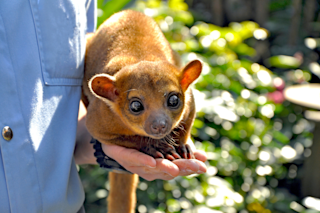What’s in a name? When it comes to the great white pelican or yellow-footed tortoise, for example, what you expect is just what you’ll get. But some other animals aren’t as lucky — and that can come with consequences.
Research has proven that common names hold a lot of sway over how we view different species, and can even affect whether policies are implemented to protect them. For example, in a 2012 study conducted by George Mason University researchers, 66 percent of respondents deemed the hypothetical “great American wolf” to be more worthy of conservation efforts versus its blander alter-ego, the “Eastern coywolf.”
Sometimes, a moniker is considered so egregious that it is officially changed; in 2021, a moth whose name originally included an ethnic slur was rechristened the “spongy moth” in reference to its fluffy eggs.
And then there are the species whose common names just … don’t seem ...














